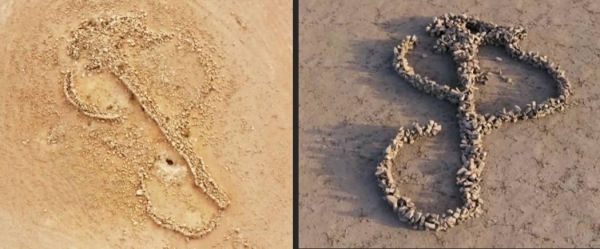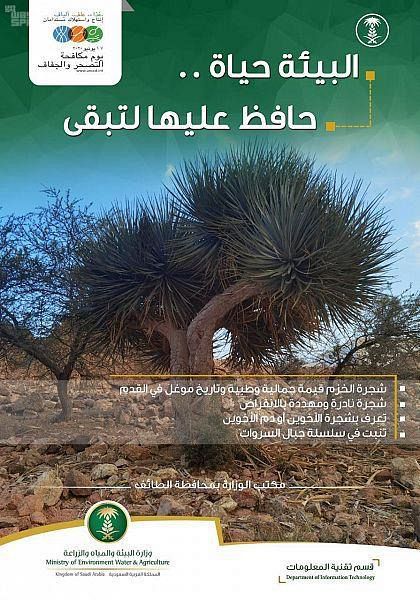
DAVOS: Forget hot chocolate — Davos delegates seeking to keep warm can visit the Saudi Cafe to sample a snug mug of Medina black tea topped with dried rose petals, or tuck into a plate of Shaatha cake.
The culinary delights are on offer at the pop-up cafe, run by Saudi Arabia’s Misk Foundation, which is open for the week at the mountain venue of the World Economic Forum (WEF).
“This is the first year that we have the Saudi Cafe in Davos,” said chef Najla Al-Otaibi while preparing a tray of Masabeb, a sweet dish made of pancakes topped with golden honey and traditional ghee. “The people really enjoyed the food and the drinks, the Arabic coffee and the tea, which comes straight from Madinah, and the Karak tea with milk.”
Other items found on the menu are the Henaini, a plate of crumbled bread mixed in with fresh dates and thinly-sliced lemon wedges, as well as the most popular dish, the Shaatha cake, a traditional old Bedouin dish made from dates.
Everyone orders the Shaatha cake and downs it with a hot cup of Karak tea, said Al-Otaibi, as she multi-tasked around the cafe.
“I love to show the world our food. I want to introduce them all to our food, and show the amazing dishes we have in Saudi Arabia.”
Further down the snow-covered street, buzzing with the different languages of the Davos delegates, we reach Promenade 62 — the Misk Lighthouse, which is an area for hosting debates and discussion forums focused on skills, entrepreneurship and global citizenship. It features prominent speakers, Saudi art and refreshments.
“The designer is obsessed with Islamic Art,” said Basma Al-Shathry, curator at the Misk Art Institute. “All the design pieces here are created by three simple shapes derived from Islamic art, which create different pieces of furniture that are functional, so chairs, bookshelves and tables.
“He uses wood, he is very sustainable with his approach, he tries to use as little as possible and he tries to make sure the pieces outlive their users, so adaptability is very important.”
On the wall in front of the furniture are drawings of the three original shapes Al-Shathry describes, with more and more complicated forms based around them.
“The artist is the priority, so we try to make sure that whatever initiative we take helps the artist solidify their role within society, locally and internationally,” the curator said. “It’s our role to make sure that it reaches the right people at the right place,” she said.












